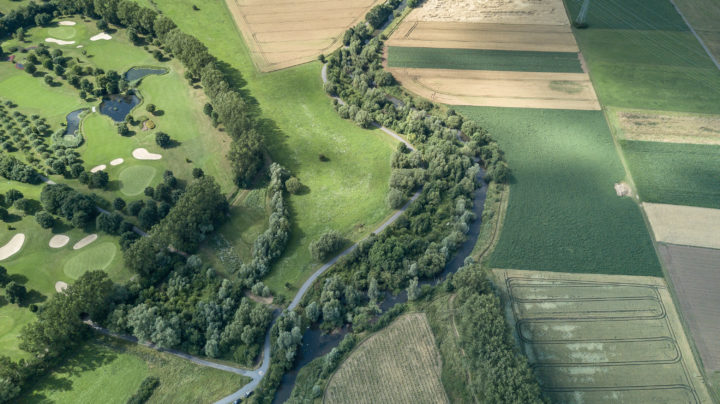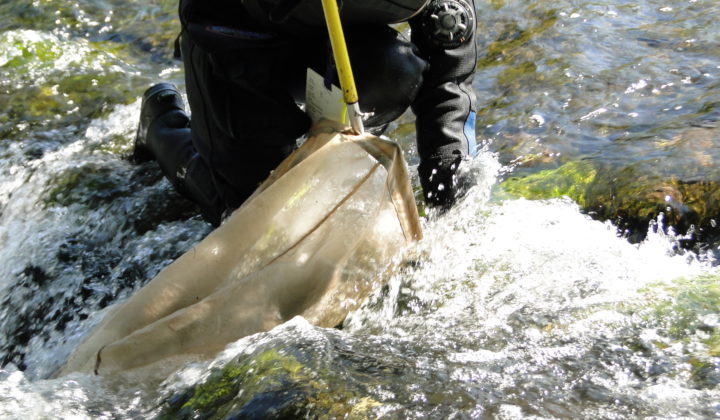River and Floodplain Ecology
Collection
The collection of insects which is curated by the River and Floodplain Ecology section includes the following systematic orders: true flies (Diptera), stoneflies (Plecoptera), mayflies (Ephemeroptera) and caddisflies (Trichoptera).
Aquatic insects except for older collection material are preserved in ethanol and completely inventoried in catalogues, the Trichoptera collection in an electronic database. The most of the Diptera collection comprises dried specimens.
The Diptera collection includes almost 500 Holo- and Paratypes, mainly described by C. R. W. Wiedemann (1770-1840) and J. F. Jaennicke (1831-1907). Also incorporated is the remainder of the P. SACK (1865-1946) collection, which was almost completely destroyed in World War II. Many specimens represent the fungus gnats (Mycetophilidae), mosquitoes (Culicidae) and horseflies (Tabanidae) from the collection Peus, and additionally hover flies (Syrphidae) and robber flies (Asilidae).
The collection of caddis flies includes 14. 250 registered series. Two factors contributed to the development of one of the most important collection of trichoptera of the Scandinavian Northern Hemisphere: First, close contact with the “Ecological Station Messaure” (Sweden) and the ecological division of the Swedish University of Umeå, and second, the research work carried out at the former Senckenberg ‘Field station Øvre Pasvik’ in the eastern Finnmark (Norway). Furthermore the specimens of the collection W. Doehler (1891-1988), are one of the most valuable parts of the Trichoptera collection. The W. Doehler collection is also of great interest for scientific history. A digital portrait collection from the collection of W. Döhler, as well as identification ressources for the Trichoptera of Africa and Fennoscandinavia, can be found here.
The Senckenberg collection of stoneflies could be extended by the generous donation of the collection K. Eidel (1905-1975) und many specimens from K. Mueller and D. Tobias collected in Northern Scandinavia to 1 970 series (ethanol material).
The mayflies are only represented by a few taxa. But the latest revision of old specimens gave evidence that the largest european mayfly Palingenia longicauda once occurred in the Rhine region where it is extinct today.



